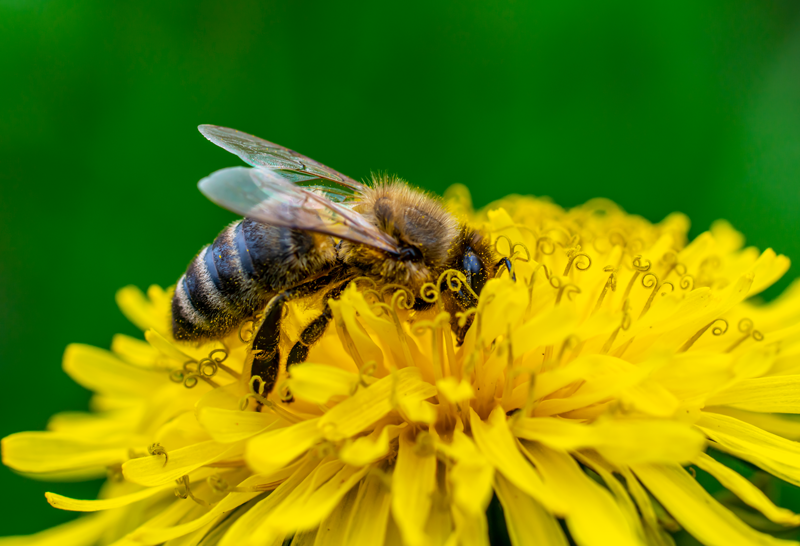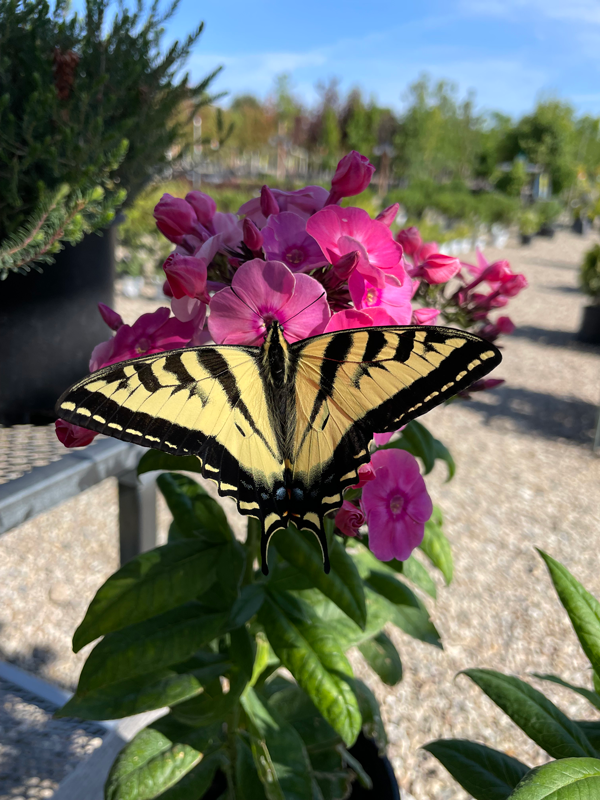Support Pollinators by Planting with Purpose
How gardeners can help reverse the insect decline—one bloom at a time.
Amid growing concerns over the decline of insect populations—sometimes referred to as the “insect apocalypse”—there’s a simple and powerful way that everyday gardeners can make a difference: plant more flowers. Pollinators like bees, butterflies, and hummingbirds rely on nectar-rich plants for survival, and in return, they play an essential role in ecosystems by supporting food production and biodiversity. Fortunately, building a pollinator-friendly garden isn’t complicated, and every garden—no matter the size—can become a vital haven.

Choose a Sunny Spot
Pollinators are solar-powered, quite literally. Their activity depends on warmth and sunlight, so planting in an area that receives at least six hours of sun each day is crucial. Plants grown in sunny spots bloom more abundantly and produce more nectar, which means greater support for visiting insects. While some shade-tolerant plants can also help pollinators, sun-drenched flower beds will see the most buzzing, fluttering activity.
Provide a Season-Long Buffet
One of the keys to supporting pollinators is ensuring your garden offers blooms from early spring through late fall. Many gardens tend to lean heavily on spring flowers because that’s when most people shop for plants. However, it’s essential to plan for blooms in every season—especially late summer and fall—when pollinators are preparing for migration, dormancy, or reproduction. Including late bloomers like abelia, heptacodium, and caryopteris helps fill the nectar gap in the cooler months.
Layer with Variety
A well-rounded pollinator garden includes a mix of annuals, perennials, and shrubs. Annuals, which bloom continuously through summer, help bridge gaps between the flowering cycles of perennials and shrubs. This mix not only makes for a more dynamic, colorful garden, but also ensures there’s always something in bloom for pollinators to enjoy. The diversity of plant types also attracts a broader range of pollinators, each with different needs.

You Can Make a Difference
Even the smallest pollinator garden can have a big impact. Whether it’s a sunny backyard border, a container garden on the patio, or a full-scale flowerbed, every plant contributes to supporting these essential creatures. By choosing the right plants and ensuring blooms throughout the growing season, you’re not just growing a beautiful garden—you’re helping sustain life all around you.
So don’t wait—plant something. The pollinators (and everything that depends on them) will thank you.
(Info from Proven Winners)
